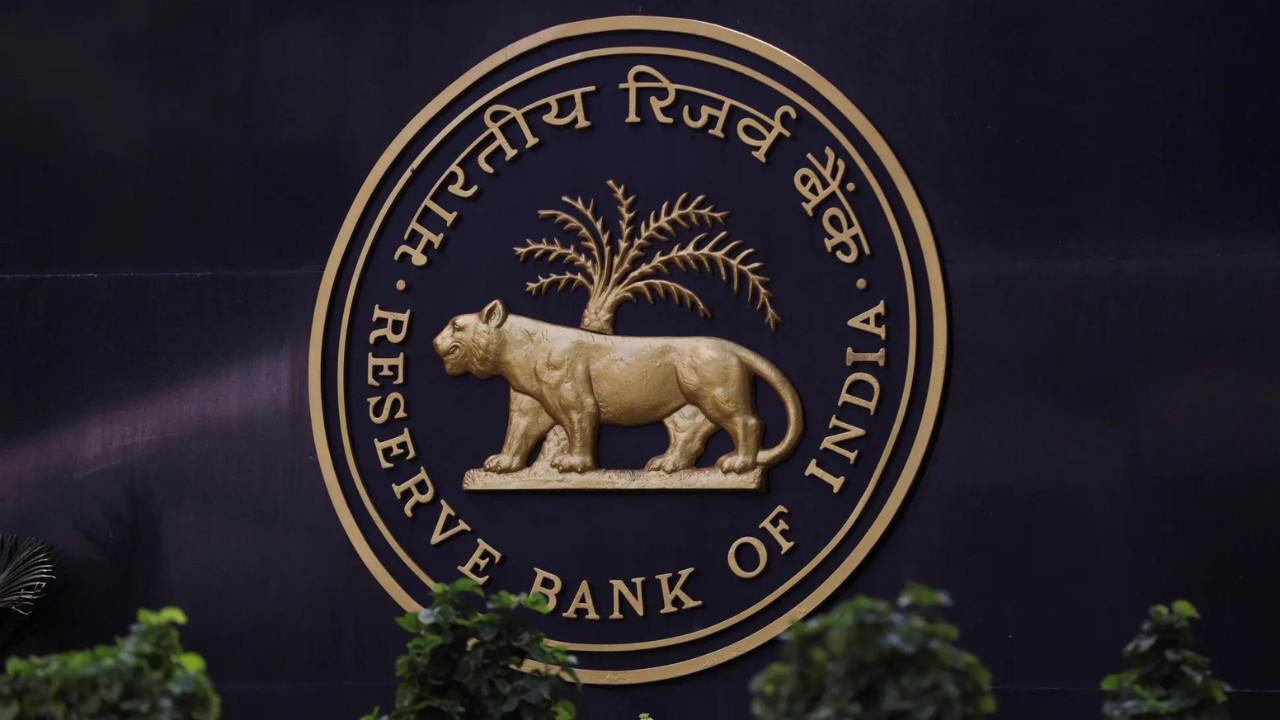ITR filing FY 2024-25 (AY 2025-26): Taxpayers can choose between the old and new income tax regimes annually, provided they don’t have business income. The new regime is now the default, requiring taxpayers to actively opt for the old one. This choice can be made at the start of the financial year or during ITR filing, but only if returns are filed by the due date.
Decoding the Tax Tango: Can You Really Cha-Cha Between Old & New Regimes Every Year?
Okay, tax season is over (mostly!), but the ghost of filing still haunts many of us. This year, like the past few, saw a whole lot of head-scratching over the old vs. new income tax regimes. One minute you’re digging through old receipts, the next you’re calculating deductions on a shiny new platform. But the question buzzing around water coolers and family dinners wasn’t just which regime, but can I actually switch every year?!
Let’s cut through the noise and unpack this, shall we? Because honestly, the tax code can feel like deciphering ancient hieroglyphics sometimes.
The short answer, like most things tax-related, is: it depends. Cue the collective groan, I know. But bear with me, it’s not entirely cryptic.
The key lies in understanding whether your income is primarily from business or a salary. For salaried folks, things are a bit more flexible. You’re generally free to waltz between the old and new regimes each year as you see fit. Think of it like choosing between ordering pizza or tacos for dinner. You can change your mind based on your craving that day (or, in this case, which regime saves you more money!).
This flexibility is a significant plus for those whose financial situation changes drastically year-to-year. Maybe you had a big medical expense in one year that made the old regime’s deductions more appealing. Or perhaps the next year you focused on paying down debt and the simpler, lower-rate structure of the new regime was more beneficial. The choice is yours, at least annually.
However, for those earning income from a business or profession, the story takes a turn. Once you opt for the new tax regime, switching back to the old regime is generally a one-way street. Think of it like getting a tattoo. Sure, removal is possible, but it’s a much bigger hassle than simply deciding not to get one in the first place.
This restriction is in place to prevent businesses from strategically manipulating the tax system by bouncing between regimes to maximize their tax savings in a way that was not intended. The government wants a certain level of stability and predictability, and allowing businesses to switch freely undermines that.
So, if you’re a business owner or professional, choosing the new regime is a commitment. You can revert back to the old regime once, but after that, the door to the new regime slams shut for good. This is a critical decision and requires careful consideration of your long-term business plans and anticipated income.
Navigating the Nuances & Avoiding Pitfalls
Now, let’s talk about avoiding a tax headache. Here are a few things to keep in mind:
* Do the Math: Don’t blindly follow the latest tax trend. Crunch the numbers under both regimes. There are plenty of online calculators and resources available to help you estimate your tax liability under each. Don’t rely on generic advice; your specific financial situation is what matters.
* Consider Your Deductions: The old regime shines when you have significant deductions and exemptions to claim – think home loan interest, investments under Section 80C, medical insurance premiums, and so on. The new regime offers lower rates but largely eliminates these deductions.
* Understand the Form 10-IE: If you’re a business owner opting for the new regime, you’ll need to file Form 10-IE. Make sure you understand the implications before submitting it, because, as we discussed, it’s a significant commitment.
* Don’t Wait Until the Last Minute: Tax planning shouldn’t be a frantic scramble in March. Review your situation throughout the year to make informed decisions.
A Final Thought
The tax system, with its ever-evolving rules and regulations, can feel like a complex maze. The ability to switch between tax regimes offers some flexibility, particularly for salaried individuals. However, the restrictions for business owners highlight the importance of careful planning and understanding the long-term consequences of your choices.
Ultimately, the best approach is to stay informed, seek professional advice when needed, and make decisions that align with your individual financial goals and circumstances. And maybe, just maybe, we can all navigate the tax tango with a little more grace and a lot less stress. Remember, knowing your options is half the battle!







